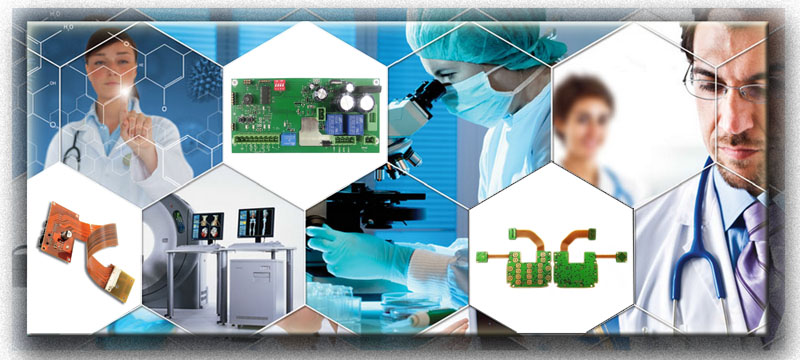About us
FASTPCBA Co.,Ltd
-
 Building 1, Senyang Electronic Technology Park, Guangming High-tech Park, Yutang Street, Guangming District, Shenzhen City.
Building 1, Senyang Electronic Technology Park, Guangming High-tech Park, Yutang Street, Guangming District, Shenzhen City.
-
 F:86-13418481618
F:86-13418481618
-
 pcba13@fastpcba.cn
pcba13@fastpcba.cn
 date:2020-07-15 10:43:02
date:2020-07-15 10:43:02
PCB electronic products have made tremendous contributions to the medical industry as diagnostic, monitoring and therapeutic equipment. The medical applications of these electronic devices continue to evolve with the development of electronic technology and become more efficient and dense, resulting in unlimited new possibilities. The core of these medical devices is the PCB. PCBs in the medical industry are highly specialized to adapt to the unique constraints of medical devices. In many medical applications, a small package is needed to meet the size requirements of implants or emergency room monitors. Therefore, medical PCBs are often special high-density interconnect PCBs, also known as HDI PCBs. Medical PCBs can also be made from flexible substrates, allowing the PCB to bend during use, which is essential for both internal and external medical equipment
Due to the health effects associated with it, medical PCB standards are higher than most other PCB types. Repeatability and reliability are the two basic elements that medical PCB suppliers must achieve, in addition to complying with strict medical regulations.
The development of medical PCB applications is as fast as the medical device industry itself. Some of the most common medical PCB applications include
Monitors: Personal and medical monitors contain PCBs, including blood glucose monitors, heart rate and blood pressure monitors, etc.
Scanning technology: CT scanners and ultrasonic technology usually use PCB-based electronic equipment.
Control system: The equipment that controls fluid infusion, flow and distribution is electronically controlled.
Internal equipment: pacemakers and similar internal medical equipment maintain the health of patients through tiny PCBs in the center.
Scientific Instruments: Medical research uses many scientific instruments to study diseases and test the results of patients. These include electron microscopes for generators and compressors, photometers and control systems, etc.

 Building 1, Senyang Electronic Technology Park, Guangming High-tech Park, Yutang Street, Guangming District, Shenzhen City.
Building 1, Senyang Electronic Technology Park, Guangming High-tech Park, Yutang Street, Guangming District, Shenzhen City.
 F:86-13418481618
F:86-13418481618
 pcba13@fastpcba.cn
pcba13@fastpcba.cn